Solar
Erika and Achim Ginsberg-Klemmt
Solar
Jonathan Lwowski
Solar
Dr. Eric Schneller
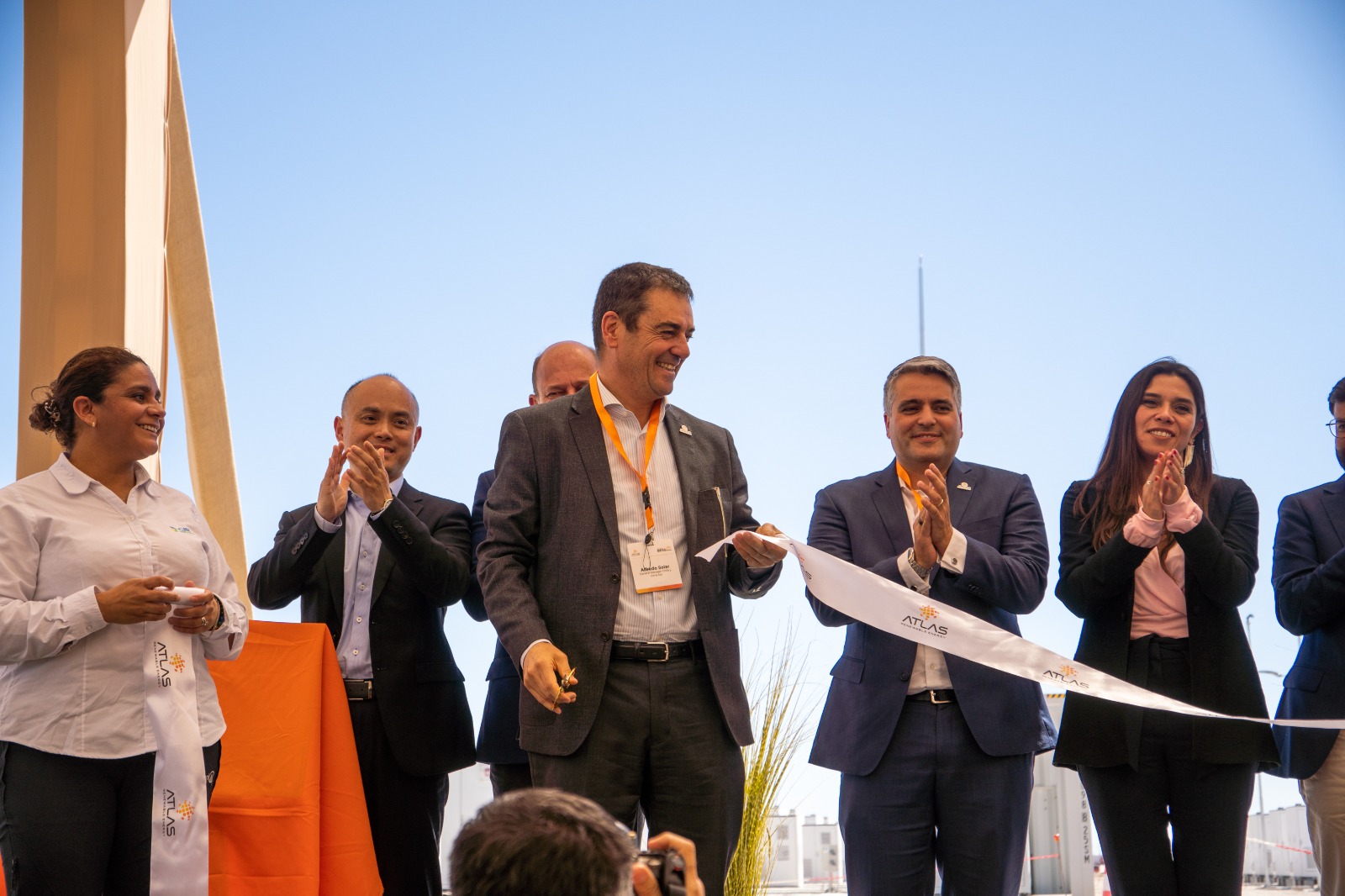
Atlas Renewable Energy, an international leader in renewable energy solutions and one of the top renewable energy companies in the region, has officially inaugurated its BESS del Desierto battery energy storage system (BESS). Developed in partnership with COPEC through its energy trading arm EMOAC, the project is one of the largest energy storage systems in Latin America.
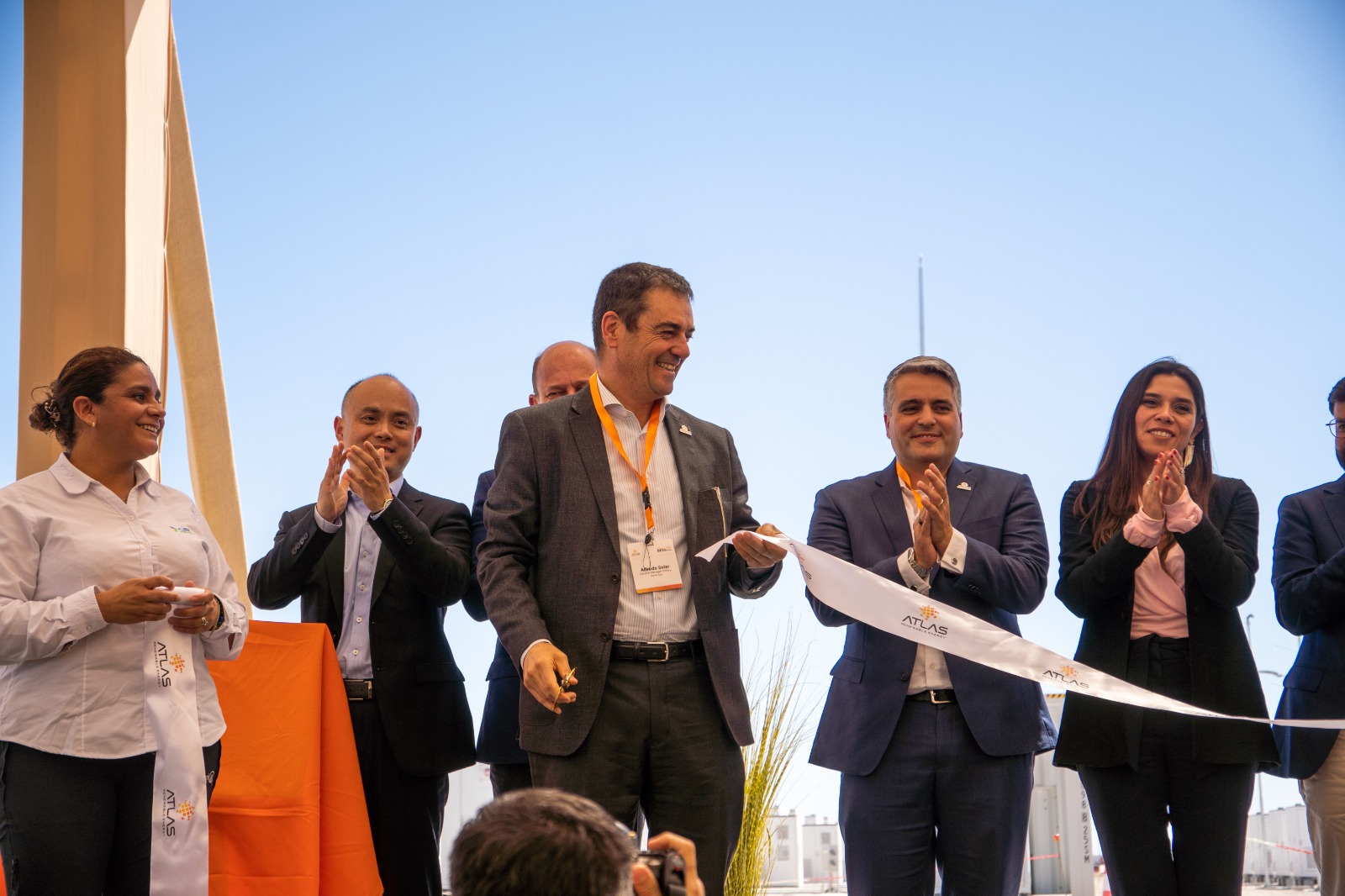
Located in Chile’s Antofagasta region, BESS del Desierto has an installed capacity of 200 MW / 4 hours and storage capacity of 800 MWh. The project will use this battery storage technology to store excess solar energy generated during the day and redistribute it during peak consumption hours, increasing the energy grid’s stability while reducing renewable energy curtailment.
“Looking ahead, you do not have to choose between sustainability and reliability,” stated Carlos Barrera, co-founder and CEO of Atlas Renewable Energy. “As BESS del Desierto proves, we can have both. And Latin America, with its abundance of resources, with its ingenuity, is in a position to be a leader in this transformation globally.”
“BESS del Desierto is undoubtedly a milestone for Atlas, Chile, and for all of Latin America, but it is not unique in Atlas’ portfolio,” stated Alfredo Solar, Regional Manager of Chile & the Southern Cone for Atlas Renewable Energy. “We have multiple megaprojects in various stages of development, all of them using energy storage systems. This demonstrates the leadership Atlas has cultivated in this space, and we are very proud to see the fruits of our efforts with BESS del Desierto.”
Atlas is already preparing to use the experience gained in Chile as a reference for future implementation of battery storage in other countries in the region, including Brazil, Colombia and Mexico, reinforcing its role as an active driver of innovation and sustainability in the energy sector.
BESS Beyond Chile
As the region continues its energy transition, battery energy storage systems will become increasingly important due to their role in resolving one of renewable power’s largest challenges: intermittency. BESS solutions change this, allowing companies with high energy needs to use renewable energy even when the sun isn’t shining.
Companies from many sectors already recognize this, as proven by the $510 million financing Atlas recently closed for its Estepa project. Marking the company’s largest financing deal in its history, the hybrid solar photovoltaic and battery storage project is supported by two long-term power purchase agreements signed with Codelco and Colbun, two key players in Chile’s mining and energy sector.
“At Atlas, we don’t see this project as the finish line,” Barrera added. “This is a starting point. The challenge is no longer to prove that renewables work - it’s to prove that we can deploy them at the speed our world demands. BESS del Desierto shows that this is possible. ”
Atlas Renewable Energy | www.atlasrenewableenergy.com
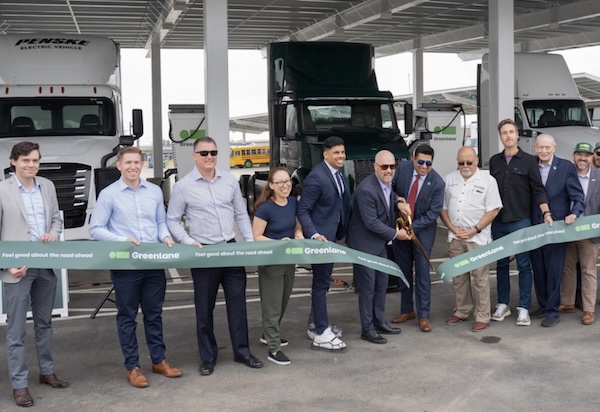
To support public commercial EV charging infrastructure and fleet electrification, Greenlane has opened its inaugural advanced charging site in Colton, California, and secured its first commercial fleet customer, Nevoya, the first zero-emissions electric trucking carrier and technology-driven logistics platform in the U.S. The flagship facility, located at the intersection of Interstates 215 and 10, was completed just eight months after breaking ground, thanks to effective collaboration between public and private sector partners. It features over 40 high-speed chargers and a comfortable amenities lounge to accommodate truck drivers transporting vital goods throughout the region. The site is the first of several planned for the company’s I-15 commercial EV charging corridor. Greenlane plans to expand its network with future sites expected roughly every 60 to 90 miles in Long Beach, Barstow, and Baker, CA, pending site viability assessments and evolving needs.
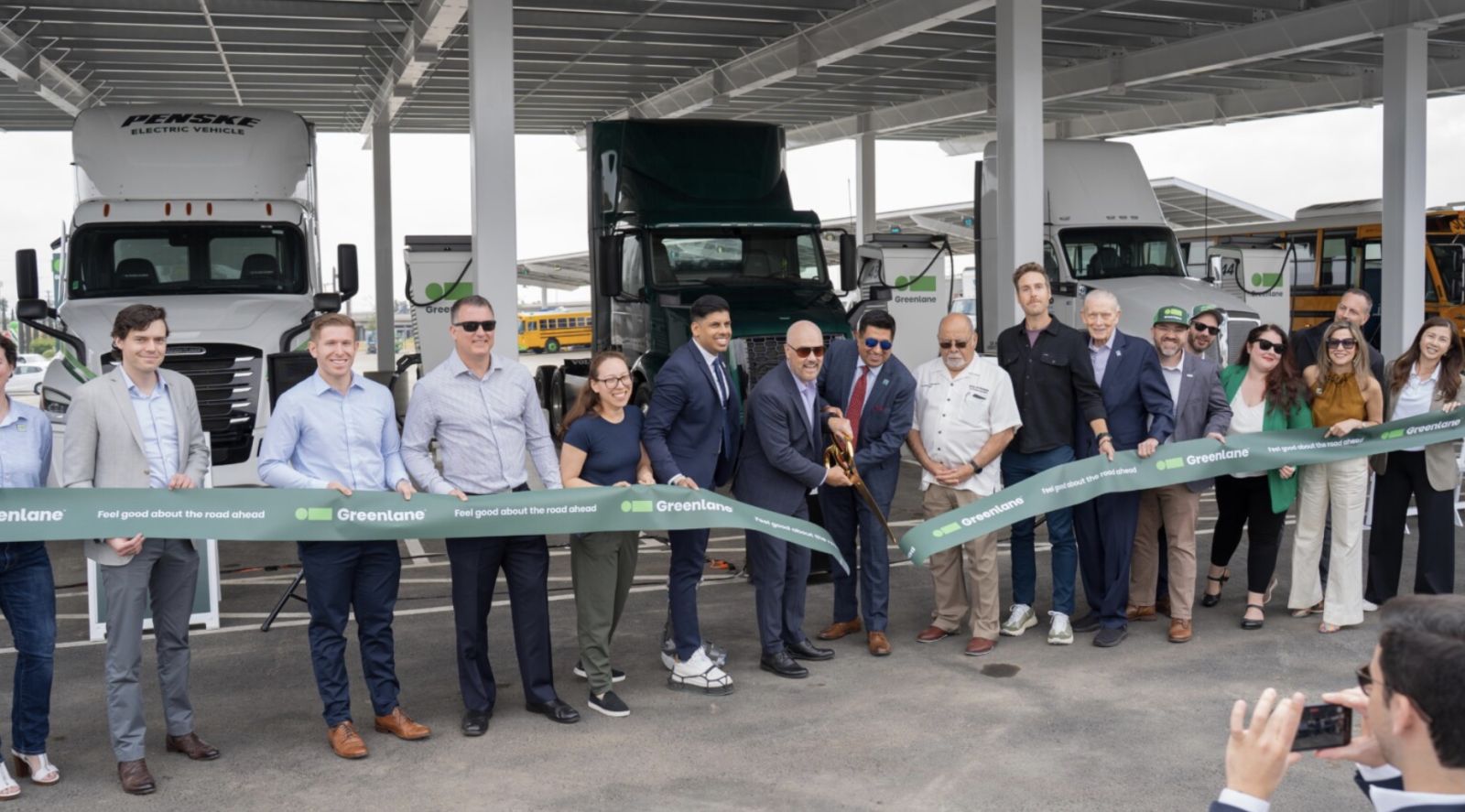
As Greenlane’s first commercial fleet customer, Nevoya will begin operating a fleet of electric trucks out of the Colton site in early May 2025, utilizing charging infrastructure and on-site office space. The two companies plan to scale the partnership to include up to 100 of Nevoya’s electric trucks, leveraging Greenlane’s charging network as part of a broader collaboration to further advance sustainable freight solutions.
"At Nevoya, we’re committed to driving maximal efficiency and ease for our fleet and drivers, making Greenlane a natural partner as they lead the way for a national network of ZEV fleet refueling infrastructure,” said Sami Khan, co-founder and CEO of Nevoya. “We are honored to be the first to establish operations at the Colton site and excited to join forces with Greenlane to make switching to electric trucks scalable, cost-effective, and inevitable. Together, we have an opportunity to make strides in electrifying America’s supply chains.”
Cutting-edge infrastructure and technology were used at the Colton site to support the critical freight route along I-15, including 41 OEM-agnostic chargers with 12 pull-through lanes featuring CCS 400 kilowatt (kW) dual-port chargers with liquid-cooled cables designed to accommodate large Class 8 electric trucks. In addition, 29 bobtail lanes feature CCS 180 kW chargers, offering intelligent energy management for optimized fleet operations. The site is also engineered with precast cable trenching, allowing for future equipment expansion and upgrades to megawatt charging as fleet demand grows.
In addition to charging technology, Colton offers a range of driver-focused amenities, including a spacious lounge with food and beverage options, a water refill station, and restrooms. The facility provides free Wi-Fi, mobile device charging stations, and 24/7 customer support. Additional security measures include round-the-clock on-site attendants, security cameras, gated access, and enhanced lighting. To further support the broader transportation industry, the site also provides the ability to lease office space and truck and trailer parking, offering fleets a safe and convenient place to work and park overnight.
"America’s trucking industry keeps our economy moving, and we are committed to supporting the drivers at the heart of it,” said Patrick Macdonald-King, CEO of Greenlane. “Opening the Colton site and bringing on a top-tier partner like Nevoya in the same week is awesome, but it also reinforces that investment in high-traffic freight corridors helps drive economic growth by supporting local businesses through increased traffic and creating quality job opportunities for municipalities that have sought this growth for years. By ensuring truckers have access to reliable, high-speed charging when and where they need it, our team is helping electrify the backbone of American commerce.”
Earlier today, a ribbon cutting took place to commemorate the official opening of the Colton location. The ceremony included speeches from Greenlane’s CEO, Patrick Macdonald-King, City of Colton Mayor Frank J. Navarro, South Coast Air Quality Management District Board representative and Mayor of Highland, Larry McCallon, Daimler Truck North America’s Vice President and Chief of eMobility, Rakesh Aneja, and Nevoya’s Chief Commercial Officer, John Verdon.
The development of the Colton charging site was made possible in part by a $15 million grant from the South Coast Air Quality Management District under the Carl Moyer Zero-Emission Infrastructure Program. To learn more about Greenlane’s charging corridor and technology ecosystem, including an app, fleet portal, and much more, visit www.drivegreenlane.com or visit the Colton Greenlane Center at 1650 Fairway Drive in Colton, CA.
Greenlane Infrastructure | www.drivegreenlane.com
Nevoya | nevoya.com
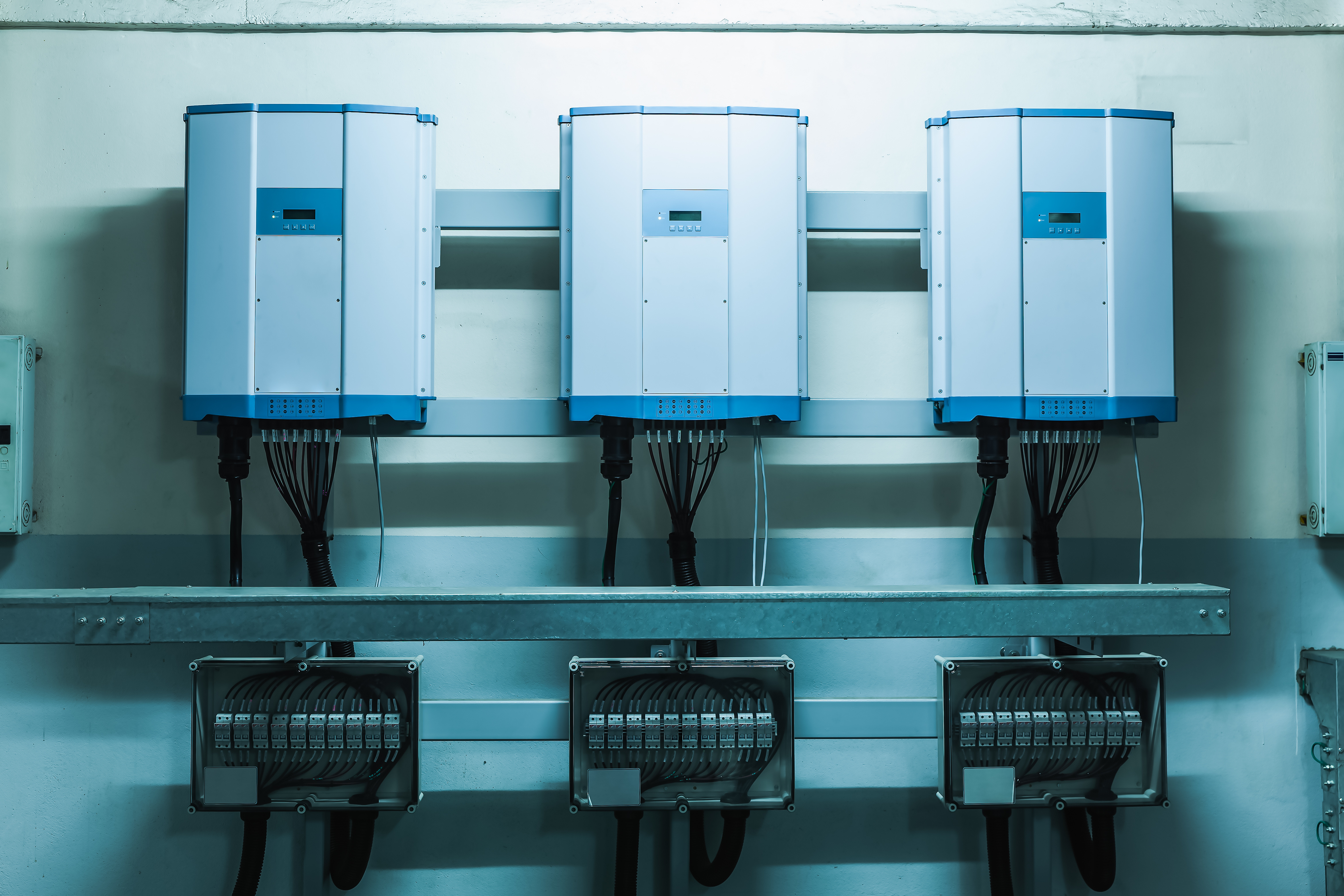
Prologis Mobility, a global electric vehicle (EV) charging infrastructure provider, is reshaping how fleet operators access heavy-duty charging. Its new prefabricated platform dramatically shortens installation timelines and supports both temporary and permanent deployment—even ahead of grid interconnection. Prologis Mobility’s prefabricated solution integrates dispensers, power cabinets and smart technology into a single skid-based unit, offering flexibility, speed and scalability for fleet electrification. A turnkey solution, it’s designed to accelerate the deployment of high-capacity charging in markets where infrastructure often lags vehicle availability.
.jpg)
The company will deploy the platform at its Vernon, California public charging hub, which is scheduled to open in Summer 2025.
Why It Matters:
As utilities face challenges meeting increasing electricity demands, Prologis Mobility is launching a modular platform designed for quick deployment. The platform provides a stopgap solution for companies and municipalities looking to accelerate installation when local power connection is delayed.
This builds on Prologis Mobility’s track record of innovation, including the Denker project in Torrance, Calif., one of the nation’s largest heavy-duty charging installations, powered by a microgrid in Southern California. It supports the company’s goal to deliver high-capacity EV charging solutions at scale nationwide.
One of the First Deployments: Vernon Public Charging Hub
Prologis Mobility | https://www.prologis.com/essentials-solutions/mobility
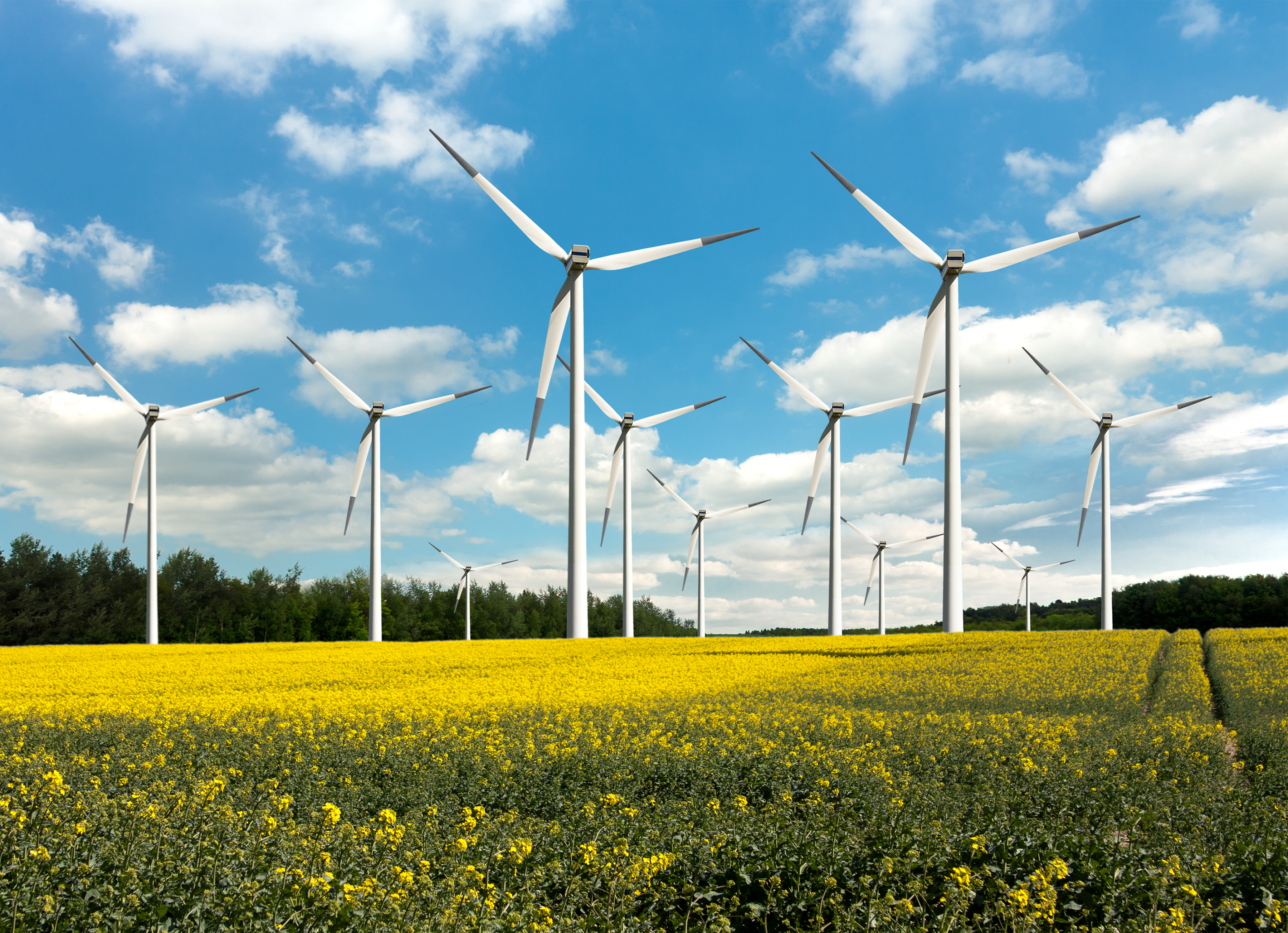
The global offshore wind industry will convene in Virginia Beach for the International Partnering Forum (IPF), the largest offshore renewable energy conference in the Americas. Hosted by Oceantic Network April 28 – May 1 at the Virginia Beach Convention Center, IPF gathers key decisionmakers, government officials, and supply chain leaders to deliver market intelligence and the most pertinent programming across the offshore wind and ocean renewables sectors in the U.S.
IPF Week will kick off Monday, April 28, with two tours showcasing Virginia’s local offshore wind supply chain and how the region is already supporting the largest offshore wind project in the nation currently under construction. Also on Monday, a U.S. Offshore Wind Market Update will give attendees a detailed overview of the market and feature a series of speakers and panels providing the latest critical news and regional insights. At the same time, IPF Host Sponsor LS GreenLink USA will break ground on its $700 million submarine power cable manufacturing facility in nearby Chesapeake, Virginia.
The Opening Plenary will take place Tuesday, where Oceantic Network CEO Liz Burdock, The Honorable Tim Houston, Premier of Nova Scotia, leaders from Dominion Energy, RWE, and LS Cable & System, and other key figures will speak on the state of the industry and how collectively we continue to “Power ON” despite regulatory uncertainty and political headwinds. Workshops will begin after the plenary, and the day will conclude with Oceantic Network’s Ventus Gala, happening at IPF for the first time.
“2025 IPF arrives at a crucial moment for offshore wind,” Burdock said. “With unprecedented attacks on the industry and an unpredictable regulatory environment, this year’s conference programming is packed with content designed to help companies adapt. Whether you’re expanding your role in offshore wind or exploring opportunities in the marine renewables space, IPF offers the insights, tools, and connections to navigate the year ahead.”
On Thursday, IPF will host the U.S. Offshore Wind Workforce Summit, a gathering of workforce development leaders, industry experts, government officials, and others to create solutions to address offshore renewable energy workforce needs.
New for 2025, IPF introduces the Ocean Renewables Summit, focused on emerging energy technologies such as wave, tidal, and floating solar, and the Central Atlantic Supplier Fair, where local businesses can connect with Tier 1 suppliers, developers, and OEMs.
Thousands of professionals are expected to attend from across the globe, joining more than 200 expert speakers, hundreds of exhibitors, and dozens of networking events. Attendees will gain access to the latest intelligence on transmission, permitting, workforce, port development, and project updates—all critical for scaling marine renewable energy in the U.S. and building global collaboration.
IPF Week Highlights: April 28 – May 1
Presented by Oceantic Network
Virginia Beach Convention Center
1000 19th Street
Virginia Beach, VA 23451
Access the full schedule online.
Oceantic Network | https://oceantic.org/

MGM Transformers and VanTran Transformers announced the grand opening of their new 430,000-square-foot advanced manufacturing facility in Waco, Texas. The new plant is expected to create 700 high-quality American jobs over the next five years, while unlocking over $1 billion in annual transformer production capacity—a major boost to domestic energy infrastructure and industrial resilience. Proudly U.S.-owned, U.S.-operated, and serving U.S. customers, this expansion represents a strategic investment in strengthening the American grid and advancing the nation’s electrification goals.
Following MGM Transformers’ acquisition of VanTran in 2024, the combined company unites decades of engineering leadership in both dry-type and liquid-filled transformer technologies. The new facility will focus on custom liquid-filled transformer production to meet soaring demand from data centers, renewable energy, EV charging infrastructure, and utilities.
“With this facility, we’re not just growing—we’re redefining the scale of American manufacturing,” said Doug Banty, CEO of MGM Transformers. “We're proud to create jobs, reduce lead times, and deliver mission-critical infrastructure—made in America, for America.”
Ty Gayeski, President of VanTran Transformers, added, “VanTran has been part of the Waco community for over 60 years, and this expansion is about scaling our impact. We’re investing in the future of American industry, right here in Central Texas.”
Transformers are the backbone of a modern electric grid—powering the infrastructure behind AI data centers, clean energy, and the reshoring of U.S. manufacturing. The U.S. transformer market is projected to grow from $8.3 billion in 2022 to over $14 billion by 2032, underscoring the urgent need for domestic production capacity at scale.
The Waco facility also strengthens national resilience amid global supply chain disruptions. By expanding U.S. manufacturing capacity, VanTran and MGM Transformers are helping reduce reliance on foreign suppliers and secure America’s energy future.
Congressman Pete Sessions (TX-17) said, “I am excited about the opportunities being brought to Waco by VanTran and MGM Transformers, which not only advances American energy infrastructure but also strengthens our local economy. This investment in American manufacturing will create high-quality jobs, foster innovation, and ensure that Texas remains at the forefront of energy advancements. I look forward to seeing the positive impact this facility will have on community.”
VanTran’s legacy in Waco spans more than six decades and has a workforce of nearly 250. This new facility builds on that foundation and solidifies the companies’ long-term commitment to the region.
“VanTran has demonstrated unwavering dedication to Waco for over 60 years, and we are thrilled that both they and MGM Transformers have chosen our city for this significant expansion,” said Matt Meadors, President and CEO of the Greater Waco Chamber. “Their investment underscores Waco’s appeal as a center for growth and innovation.”
“VanTran and MGM’s growth is a testament to the business-friendly environment we’ve fostered in Waco,” said Mayor Jim Holmes.
MGM Transformers | www.mgmtransformer.com
VanTran | https://vantran.com/
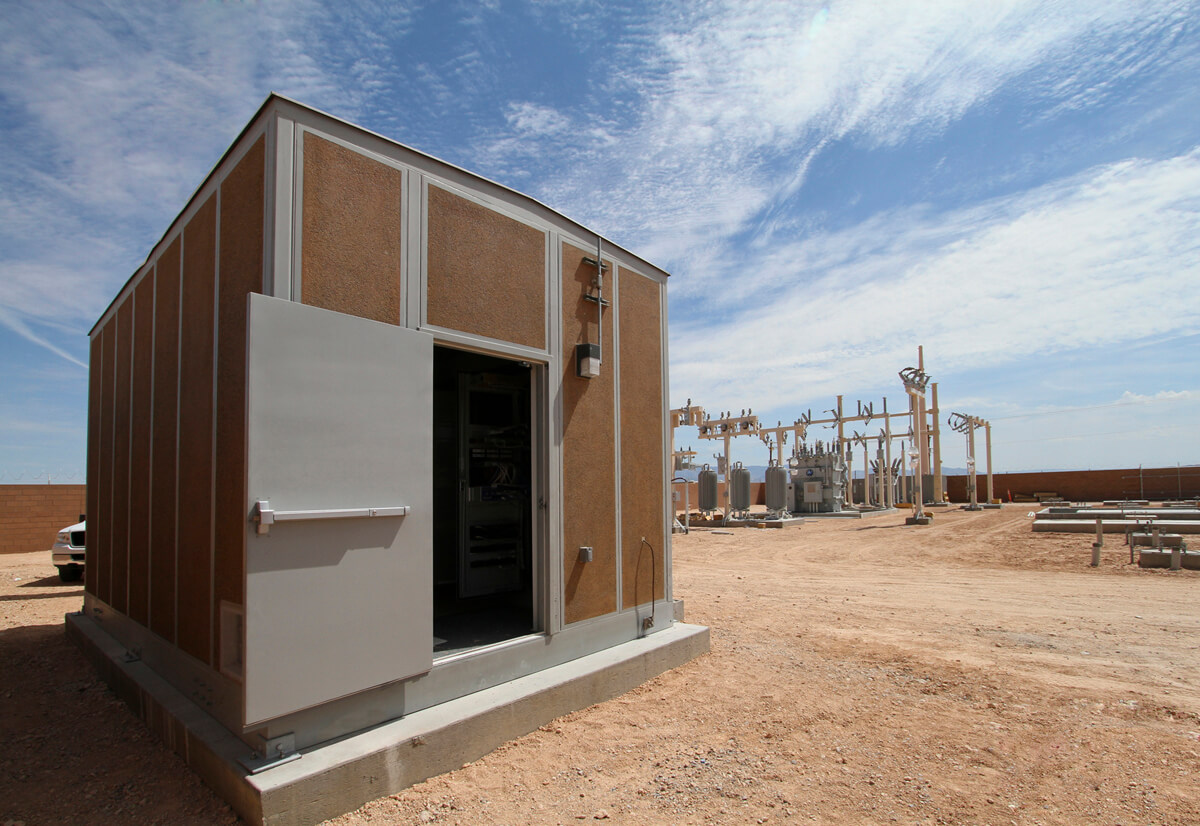
Quino Energy, a company developing water-based flow batteries, and Long Hill Energy Partners, a California-based clean energy developer, have been awarded $10M in grant funding through the California Energy Commission (CEC) Energy Research and Development Division’s Electric Program Investment Charge Program (EPIC). The funding will support a proposed 8 MWh flow battery energy storage project at the High Desert Regional Health Center (HDRHC) in Lancaster, CA.
This project will be the first U.S. commercial deployment of Quino Energy’s proprietary organic flow battery technology and will demonstrate its viability in large-scale, long-duration storage in an application serving critical infrastructure. It falls within Project Group 2, which focuses on funding multiple use-case demonstrations for energy storage value stacking.
Quino Energy and Long Hill Energy Partners will jointly develop this proposed project, with Quino leading technology development, integration, and testing and Long Hill serving as lead for project development, permitting and program management and reporting. The demonstration will be conducted in partnership with Los Angeles County, where the site is located, and the Clean Coalition Group, a community-based non profit specializing in the development and testing of clean energy microgrids.
Once operational, Quino Energy’s organic flow battery is expected to provide critical energy resiliency and back-up power capacity for up to 100% of HDRHC’s energy demand during peak and off-peak hours while maximizing safety due to the system’s completely non-flammable nature. Additionally, Quino’s flow battery will enable the HDRHC to save over $10 million in electricity costs over the flow battery’s estimated 20-year operating life. Further, the installation of an on-site flow battery will allow Los Angeles County to expand an existing solar carport installed at this site, dramatically increasing the percentage of clean and renewable solar power generated and consumed by the HDRHC and further reducing electricity costs.
“Quino Energy is grateful to the CEC for its support to demonstrate the potential of scalable, reliable organic flow batteries in our home state of California,” said Eugene Beh, CEO of Quino Energy. “Our technology started as an invention at a lab at Harvard and has rapidly grown in scale by leveraging mature flow battery systems that have been proven over decades with vanadium electrolyte. Our low-cost, non-flammable, and Made in USA organic electrolyte in place of vanadium will allow flow batteries to dramatically come down in cost to be a serious alternative to lithium-ion batteries. We are very excited to work with Long Hill Energy Partners, Los Angeles County, the High Desert Regional Health Center, and the Clean Coalition to showcase our technology in a real-world setting.”
“Long Hill is excited to partner with the CEC to scale-up and demonstrate Quino Energy’s innovative flow battery solution for LA County’s High Desert Regional Health Center,” said Ed Chiao, Managing Director of Long Hill Energy Partners. “The Clean Coalition Group, a Southern California-based non-profit energy consultancy, will lead community engagement and provide expertise in Microgrid design and implementation. Once installed, the flow battery will provide critical energy resiliency and is also projected to save up to $10 million in energy costs for LA County’s hospital.”
“We are very pleased that Quino Energy and Long Hill Energy Partners have been awarded $10 million by the CEC,” added Masahiro Sameshima, General Partner at ANRI, a venture capital firm based in Tokyo and one of Quino Energy’s investors. “We believe this recognition reflects the high evaluation of their innovative flow battery technology and its great potential. We look forward to seeing them accelerate their R&D with this funding and contribute to the realization of a decarbonized society.”
Project permitting is anticipated to begin in Q3 2025; the project is expected to break ground in the Fall of 2026, with the flow battery system coming online in early 2027.
Quino Energy has previously received funding through the U.S. Department of Energy (DOE)’s Advanced Materials and Manufacturing Technologies Office (AMMTO) to support the development of its flow battery material production line as well as to demonstrate their innovative aqueous organic quinone redox flow battery (QRFB) technology in carbon steel tanks.
Quino Energy | quinoenergy.com
Long Hill Energy Partners | https://longhillenergy.com/

EV Connect, a leading EV charging business platform, and Presto, a leading roaming platform for electric vehicle (EV) fleets on the go, announced a new collaboration that enhances charging network infrastructure and expands accessibility for EV fleet drivers. Fleet operators will benefit from the Presto app's comprehensive platform, which allows their EV drivers to quickly locate, charge, and pay at more than 16,000 EV Connect connectors, delivering a more convenient and reliable fast-charging experience at more charging stations.
The collaboration empowers charging network operators on the EV Connect platform with strategic pricing flexibility, enabling those charging providers to increase visibility and charging session demand from fleet vehicle operators and to maximize site utilization dynamically. Leveraging Presto's extensive relationships with various fleet market segments—including rental car, ride-hailing, e-commerce, and food-delivery services—the collaboration provides a streamlined solution for charging networks to increase fleet engagement and charging sessions.
“Charging networks on the EV Connect platform can now attract even more fleet charging demand through this collaboration with Presto,” said Bassem Ammouri, chief operating officer at EV Connect. “With successfully completed charging sessions as a key focus, the next logical step is to help our customers increase their ROI by growing the number of charging sessions per station. That is exactly what this collaboration can do for our site and network operators, showing once again that EV Connect is the premier charging business platform, capable of building third-party business models on top of highly reliable charging.”
Presto simplifies charging by enabling fleet drivers to seamlessly find, charge, and pay across thousands of charging stations operated by Presto’s charging partners through one easy-to-use app or API. Presto helps onboard more fleet charging demand for its charging partners, grow charger utilization, and improve charging economics.
“We’re excited for fleets using Presto to access charging across the 16,000 EV Connect charging connectors nationwide and to work with EV Connect site hosts on optimizing the demand they can get from fleets,” said JJ Raynor, CFO & Co-Founder of Presto.
EV Connect equips charging networks with a comprehensive suite of tools to build and scale EV charging services that meet the needs of site hosts, fleet drivers, and network operators. From enabling flexible pricing strategies to supporting remote management, hardware choice, and driver engagement, the EV Connect platform helps partners improve performance, increase charging sessions, and deliver a reliable charging experience across locations.
To learn how this collaboration can help grow fleet utilization at your sites, contact your EV Connect representative or reach out to Presto at [email protected].
EV Connect | www.evconnect.com
Presto | www.prestocharging.com
Alternative Energies Mar 31, 2025
Green buildings are transforming the way we design, construct and operate structures by focusing on energy efficiency, environmental responsibility and occupant well-being. As technology evolves, innovations like organic printed semiconductor systems....
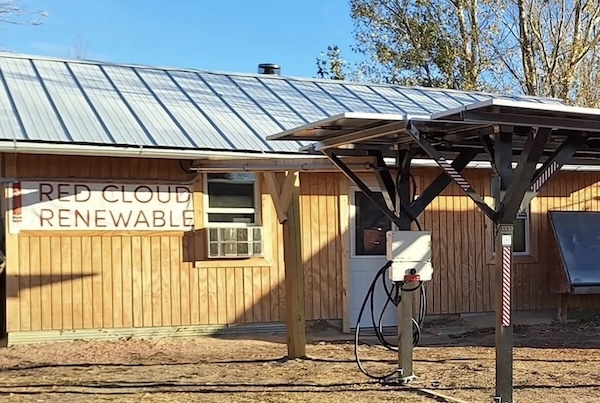
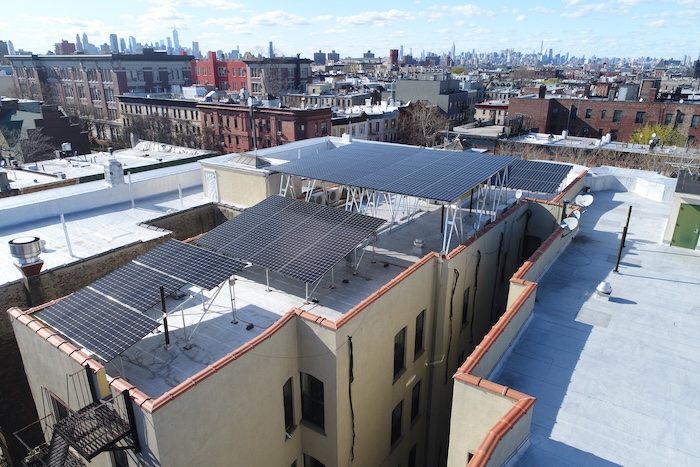
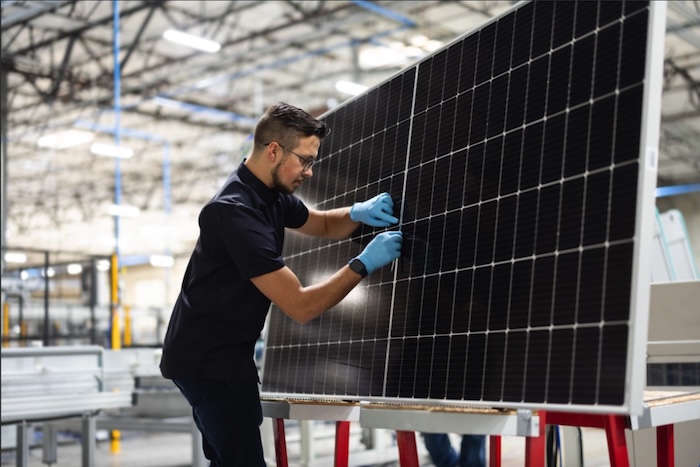
A historic milestone in renewable energy deployment has been reached in the United States, and it all started with the vision and leadership of Chief Henry Red Cloud at the Red Cloud Renewable Energy Center (RCR) in Pine Ridge, South Dakota....
Given the Trump administration’s past approach to renewable energy, solar developers and installers nationwide are bracing themselves for another period of lack of support for renewables. But the success of the Inflation Reduction Act’s (IRA) ....
The global solar industry has experienced substantial growth and maturation over the past decade. As a result, we now have easy access to high-efficiency solar panels equipped with extended warranties of 25 years or more. Considering that we rarely e....
Renewable energy sources such as wind an....
As wind energy continues to expand its r....
As the renewable energy sector continues....
Significant advancements in battery technology—including lithium-ion, solid-state, and other emerging technologies have occurred in recent years as was recently acknowledged by institutions such as the International Energy Agency and BloombergNEF([....
The move toward green, clean, sustainable energy will require a massive investment in research and development (R&D) to develop the innovations that will accelerate the modernization of North America’s electrical grids. Advancements in Battery ....
With the increase of electric vehicles on the road, there is growing demand for EV chargers. Drivers are left with a few different options: they can use a public charger, they can charge at work if they are lucky enough to have that option, or they c....
Green buildings are transforming the way we design, construct and operate structures by focusing on energy efficiency, environmental responsibility and occupant well-being. As technology evolves, innovations like organic printed semiconductor systems....
For fuel cell-powered transportation, the future hinges on investment in six key areas As a transportation mode that uses the universe’s most abundant element, one that’s renewable and yields zero tailpipe emissions other than water, hydrogen-....
As the global energy transition marches on, hydrogen remains a promising energy carrier for a decarbonized system. Demand for clean hydrogen is expected to increase two to four times by 2050, facilitating the shift to a carbon neutral grid and cleane....